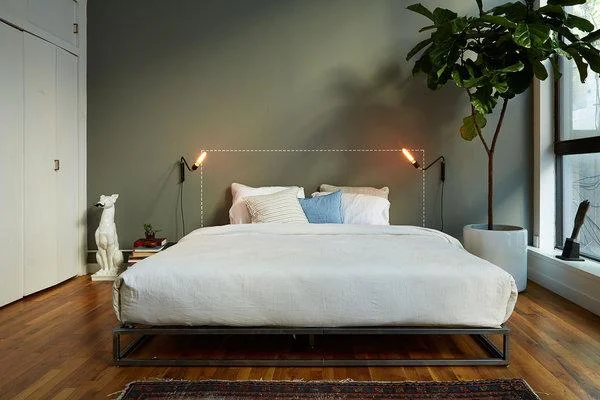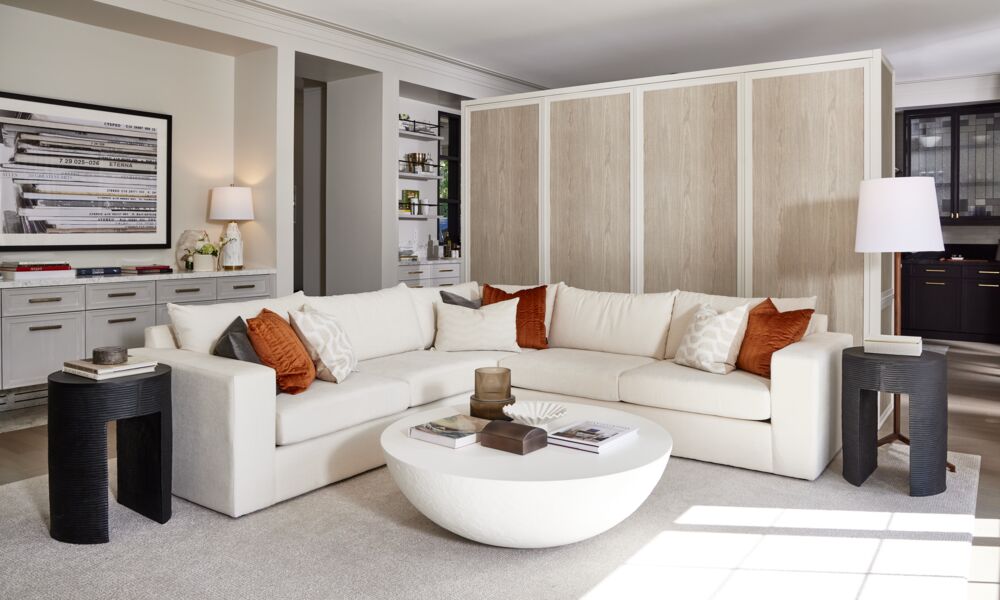Mixing and matching patterns in home decor is an art form that, when done correctly, can add depth, personality, and vibrancy to any space. However, it can be intimidating to balance multiple patterns without overwhelming the room. Whether you’re a seasoned decorator or a novice, mastering the art of pattern mixing can transform your home into a stylish and cohesive haven. This guide will walk you through the essential tips and tricks to mix and match patterns like a pro.
Understanding the Basics of Pattern Mixing
Start with a Neutral Base
Before diving into the world of patterns, it’s crucial to establish a neutral base. A neutral foundation, such as walls painted in soft tones or furniture in solid colors, provides a calming backdrop that allows patterns to shine without competing for attention. This base will help anchor the space and give you more flexibility when incorporating various patterns.
Choose a Color Palette
Selecting a cohesive color palette is the cornerstone of successful pattern mixing. Start by choosing a primary color that you love, and then build around it with complementary or analogous colors. By sticking to a consistent color scheme, you can mix different patterns without clashing. For example, if your primary color is navy, you might choose accents in shades of white, gray, and mustard to create a balanced look.
Tips for Mixing and Matching Patterns
Vary the Scale of Patterns
One of the most important rules for mixing patterns is to vary the scale. Combining patterns of different sizes prevents the space from feeling too busy or chaotic. For instance, if you have a large floral print on a sofa, balance it with smaller geometric patterns on throw pillows or a rug. The contrast in scale creates visual interest while maintaining harmony in the room.
Balance Bold with Subtle
When working with patterns, it’s essential to balance bold designs with more subtle ones. This approach prevents any single pattern from dominating the space. For example, pair a bold striped wallpaper with a more subdued polka dot or herringbone print in the same color family. The subtler patterns will complement the bolder ones, allowing each element to stand out without overwhelming the decor.
Use Solid Colors as a Buffer
Incorporating solid colors between patterns is a great way to create a visual break and prevent the design from feeling too cluttered. Solid-colored cushions, throws, or rugs can serve as buffers between different patterns, helping to tie the look together. For instance, if your bedding features multiple patterns, a solid-colored bedspread can unify the look while adding a touch of elegance.
Advanced Pattern Mixing Techniques

Mix Different Types of Patterns
Don’t be afraid to mix different types of patterns, such as florals, stripes, and geometrics. The key is to ensure that there’s a common thread, whether it’s color, scale, or style, that ties them together. For example, a floral curtain can work beautifully with a striped rug and a geometric pillow, as long as they share a similar color palette or theme.
Incorporate Texture for Depth
Adding texture to your pattern mix can enhance the depth and richness of your decor. Textured fabrics like velvet, linen, or woven materials bring a tactile element to the space, making the pattern combination feel more dynamic and layered. A velvet cushion paired with a patterned throw can add a luxurious touch, while a woven rug can ground the room and add warmth.
Repeat Patterns to Create Cohesion
Repeating patterns in different elements of the room can create a sense of cohesion and continuity. For example, if you have a patterned rug in the living room, consider echoing that pattern in smaller accents like cushions or artwork. Repetition helps to unify the space and ensures that the various patterns feel intentional rather than random.
Final Thoughts
Mixing and matching patterns in home decor may seem challenging at first, but with these tips and a bit of practice, you can achieve a polished and stylish look. Remember to start with a neutral base, choose a cohesive color palette, and vary the scale of your patterns. By balancing bold designs with subtle ones, incorporating solid colors as buffers, and experimenting with texture, you can create a space that is both visually appealing and uniquely yours.


